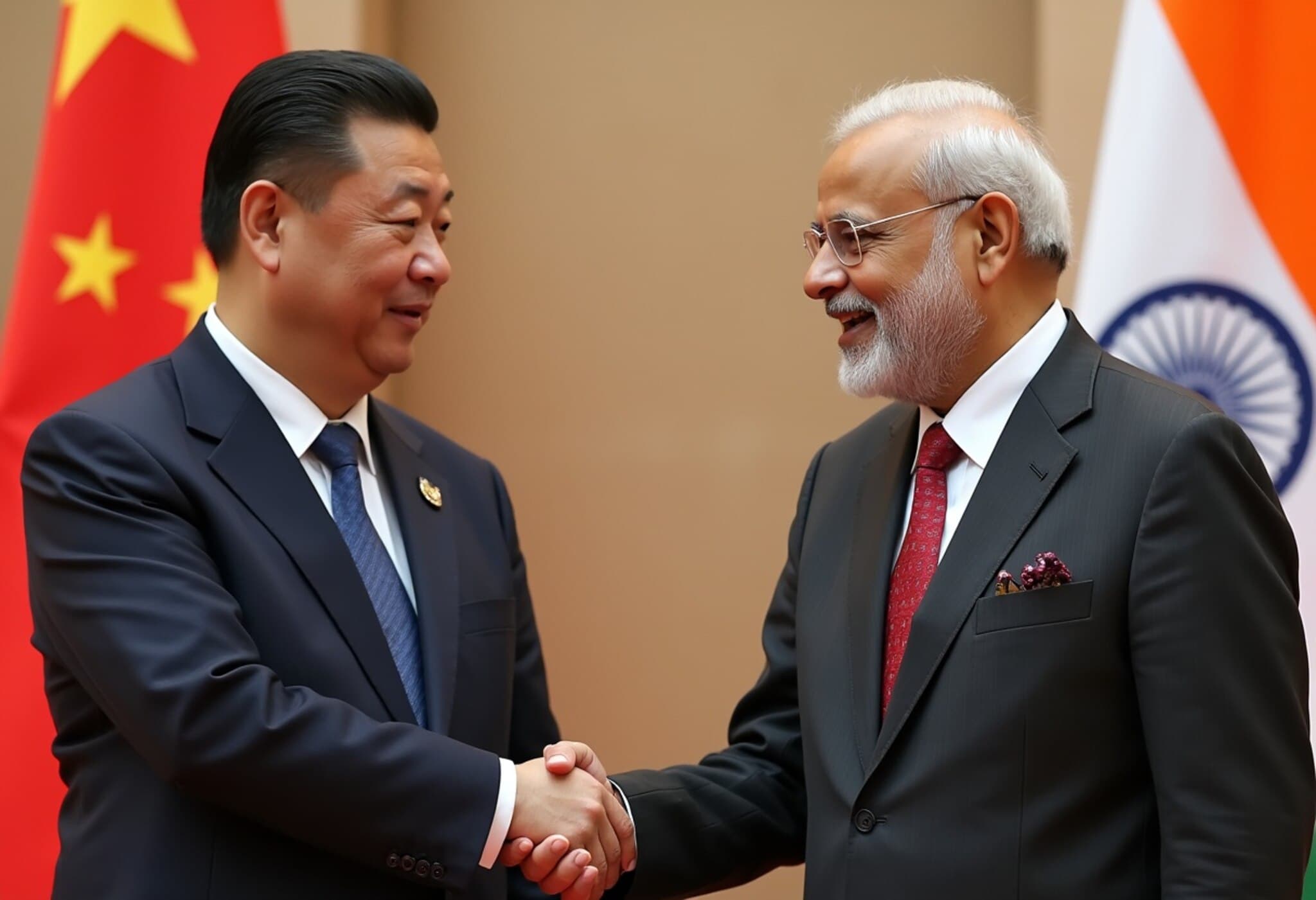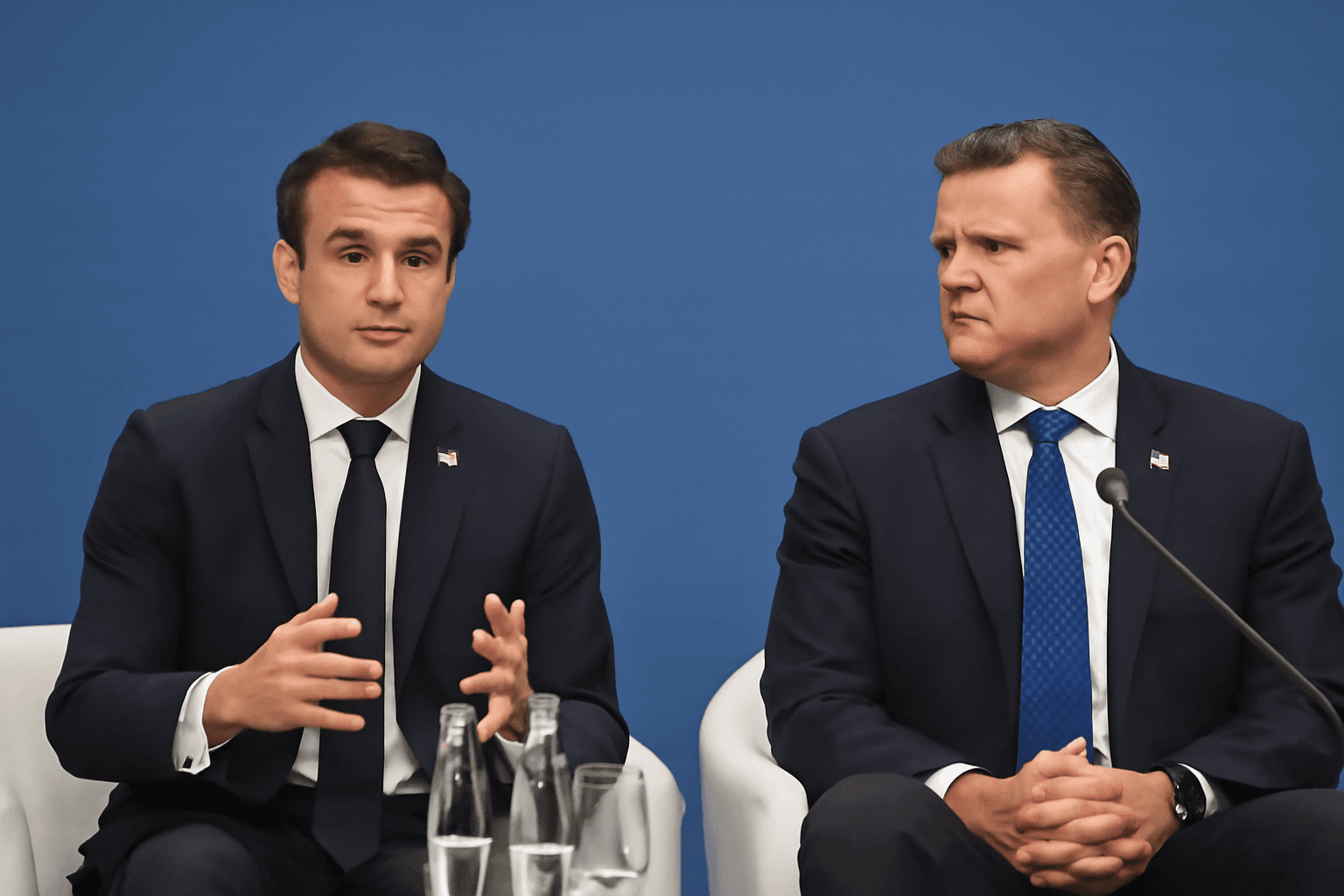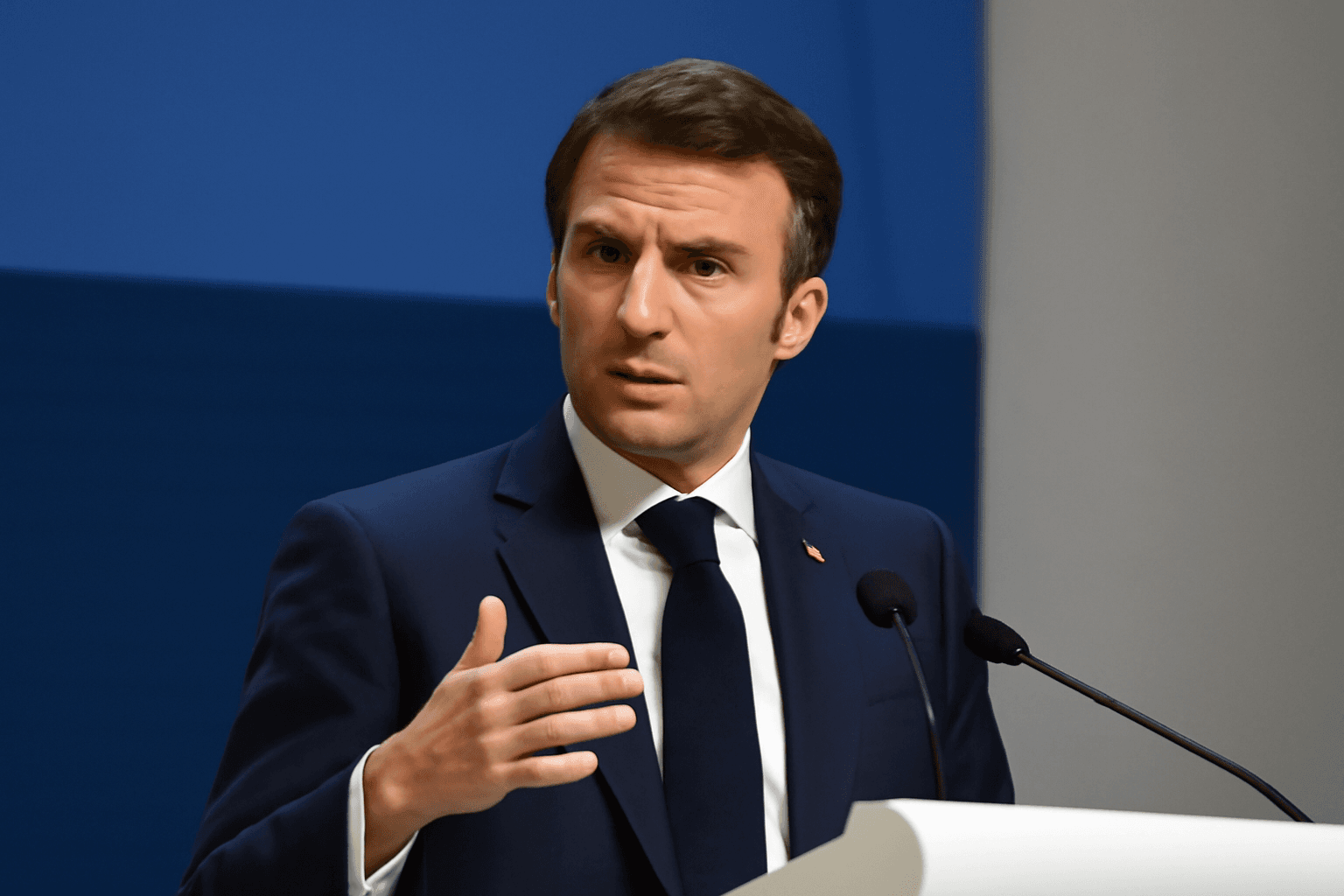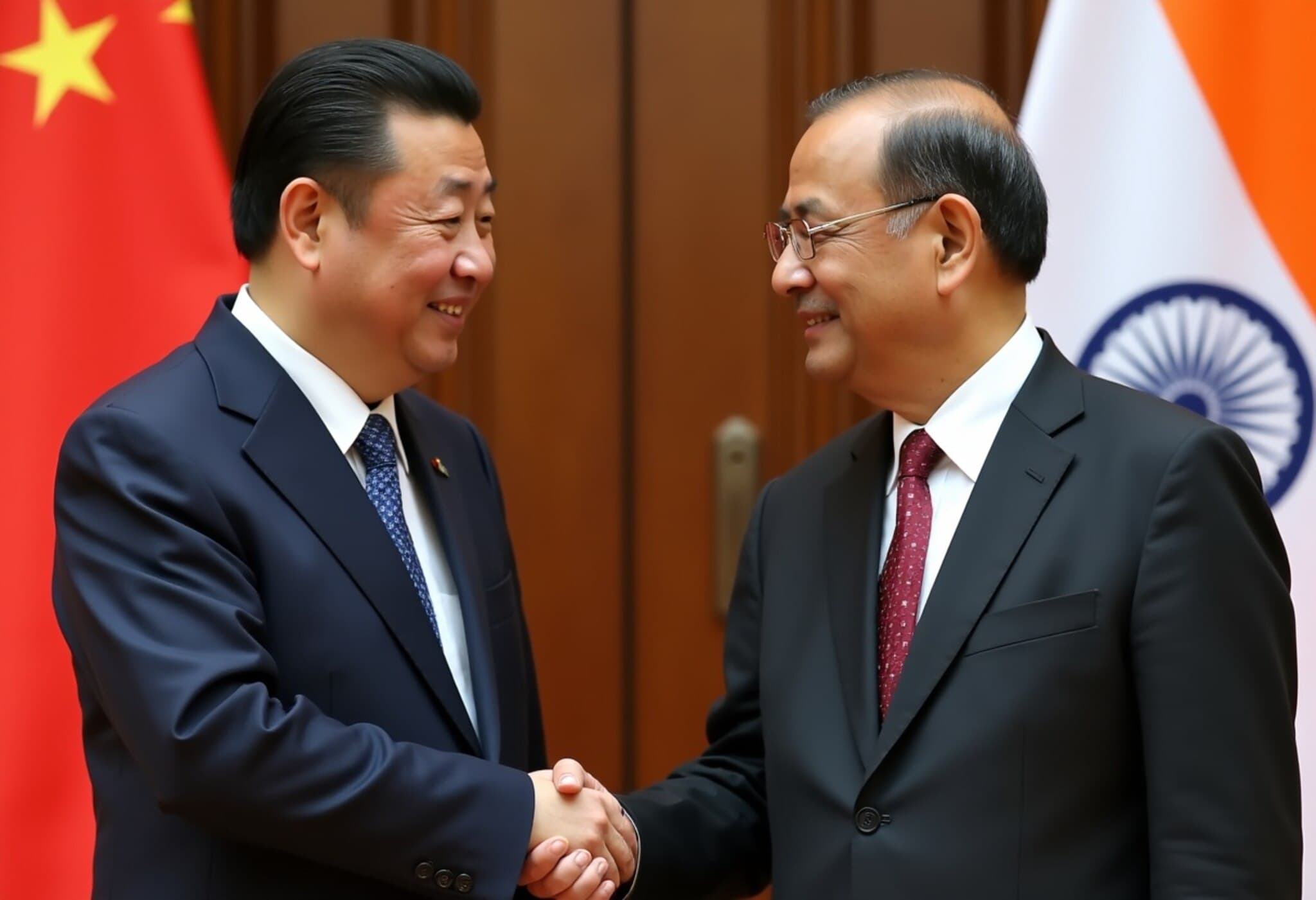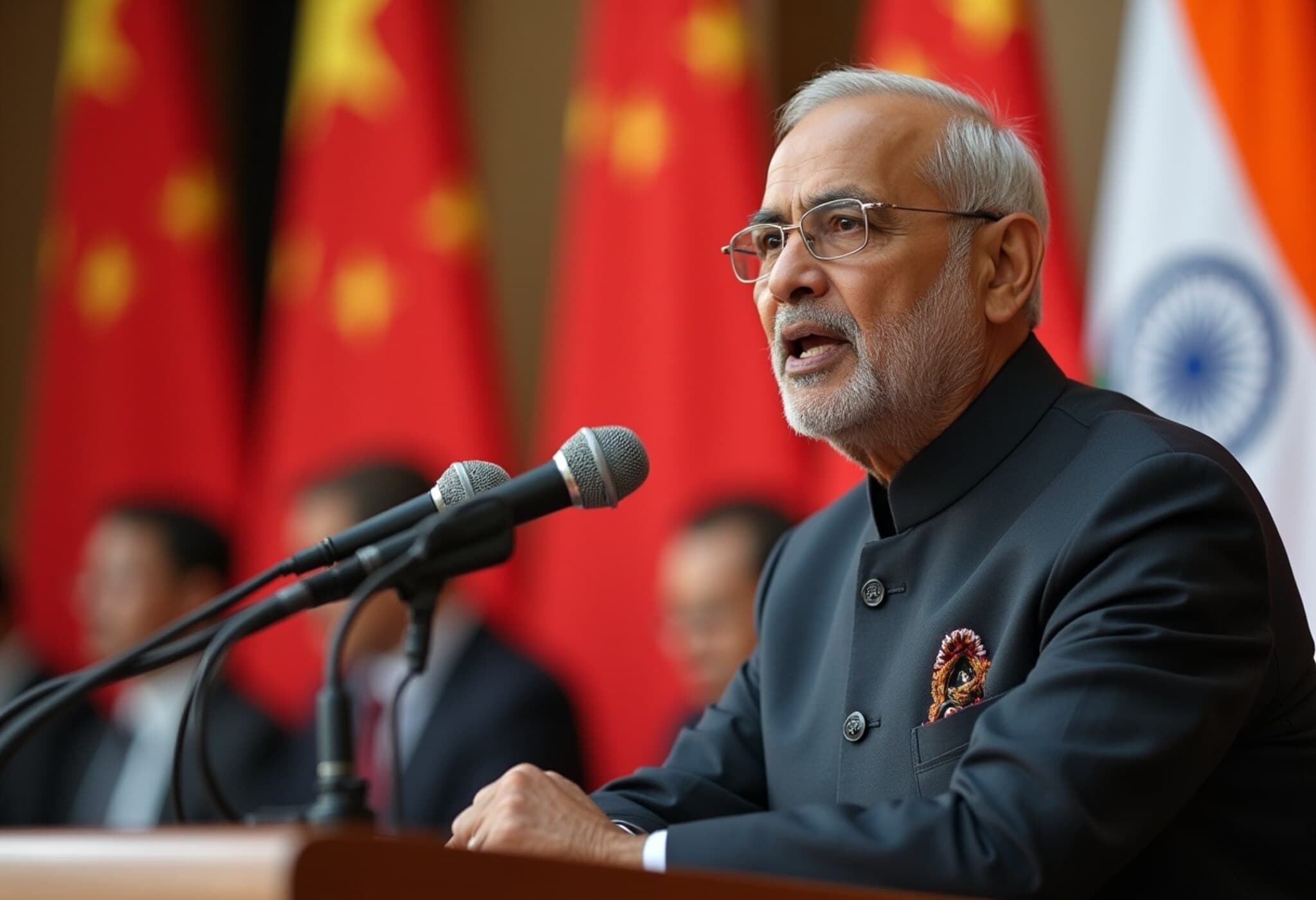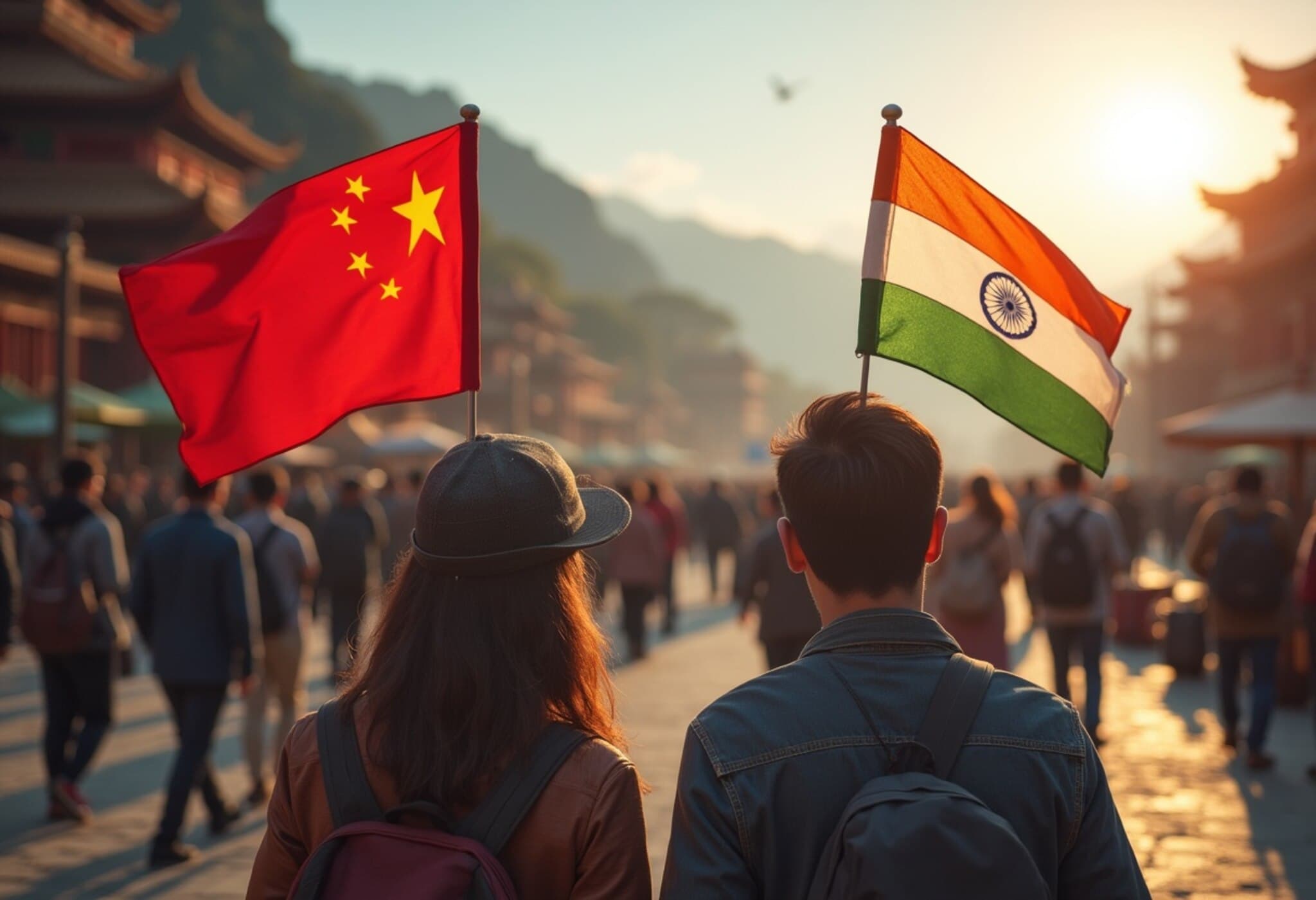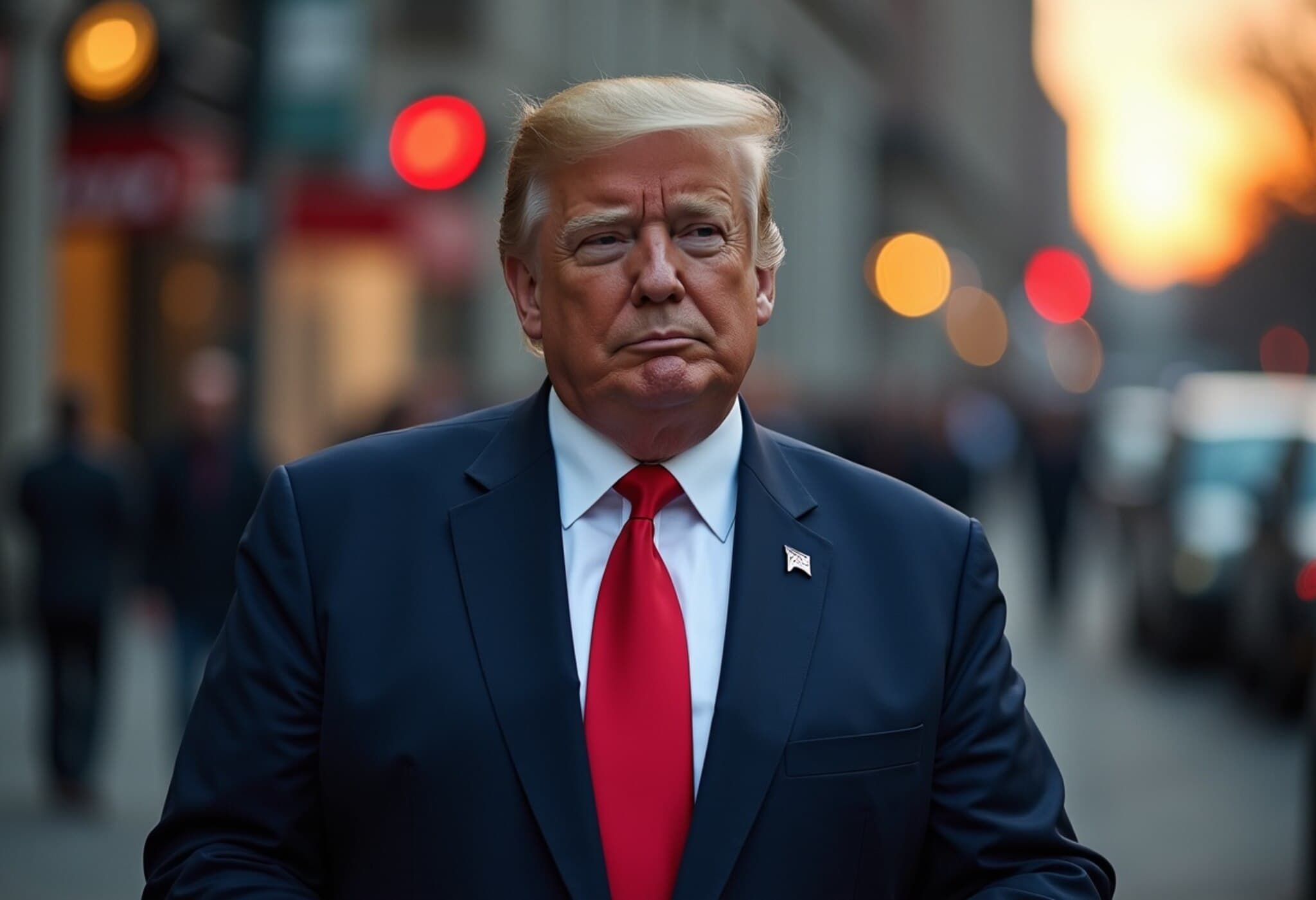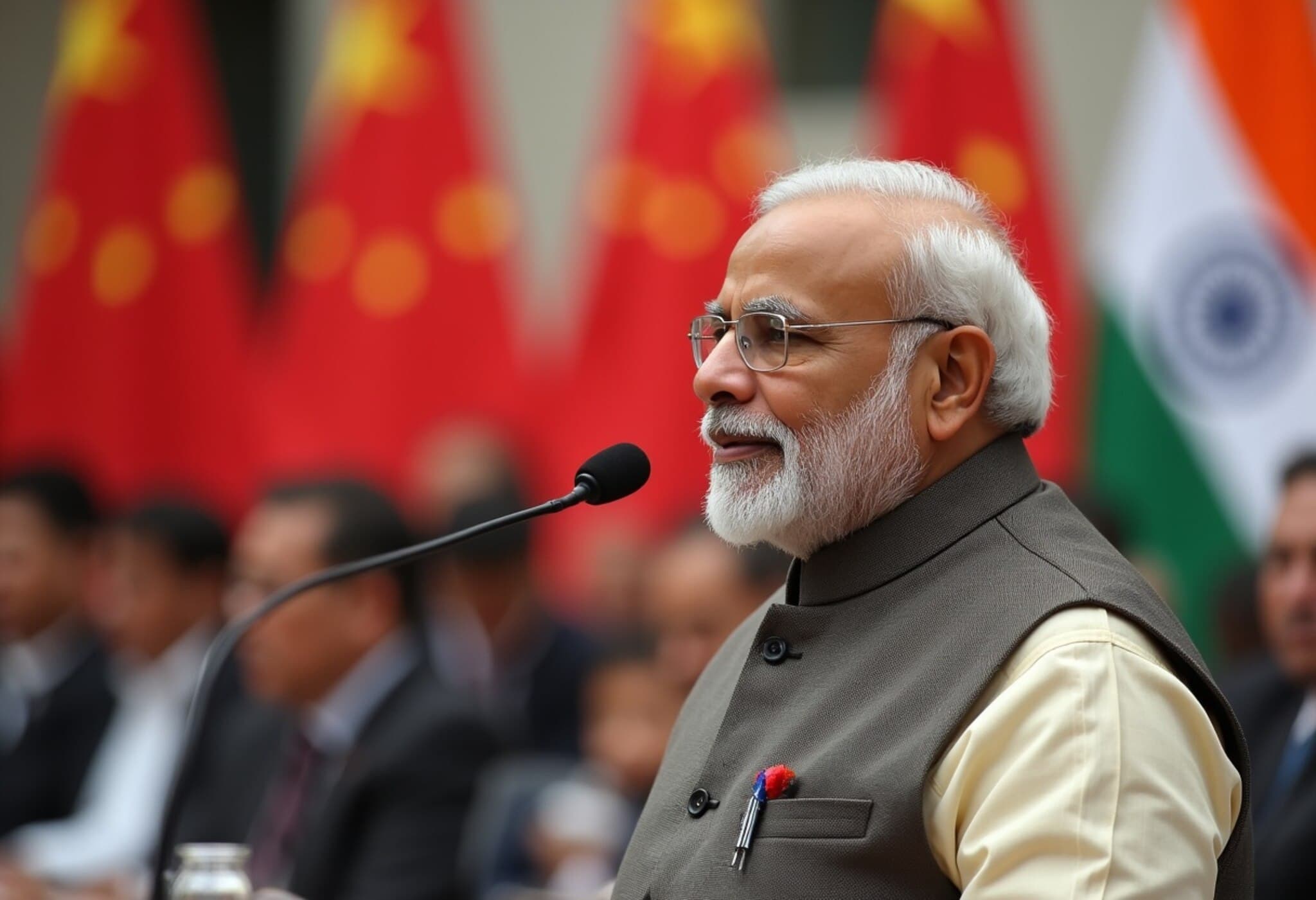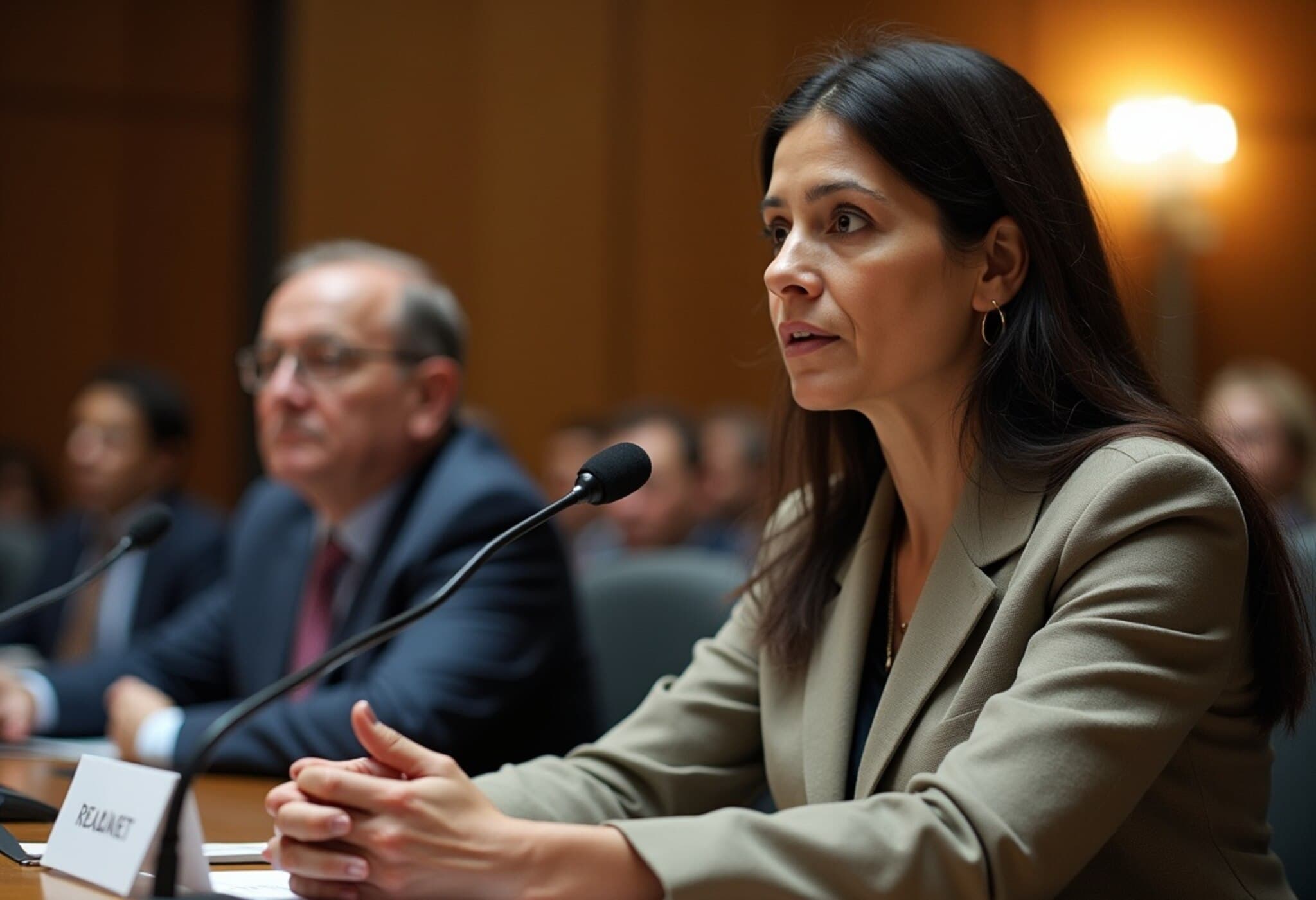India and China Take Pivotal Steps to Renew Bilateral Relations
After years of escalating tensions and frozen ties, India and China are cautiously charting a path toward rapprochement. Recent diplomatic talks between External Affairs Minister S Jaishankar, National Security Adviser Ajit Doval, and Chinese Foreign Minister Wang Yi culminated in a series of groundbreaking agreements aimed at reviving cross-border trade, restoring direct flights, and simplifying visa protocols. These initiatives represent more than mere diplomatic gestures; they signal a pragmatic reset amid complex geopolitical currents in Asia.
Reopening Land Border Trade: Reviving Himalayan Economic Lifelines
One of the most tangible outcomes is the decision to reopen traditional trade routes through three mountain passes—Lipulekh, Shipki La, and Nathu La—long shuttered due to the protracted standoff in eastern Ladakh. These Himalayan corridors have historically been conduits for local commerce and cultural exchange, vital to border communities. Their reopening is both an economic opportunity and a symbolic gesture of trust, offering a lifeline to traders and populations who have borne the brunt of disruptions caused by geopolitical clashes.
Experts note that while the overall trade volume via these routes might be limited compared to the massive bilateral trade, their reopening can rejuvenate regional economies. It also lays groundwork for incremental confidence-building measures between New Delhi and Beijing at a grassroots level.
Addressing the Trade Imbalance and Encouraging Investment
The economic relationship between India and China remains substantial yet imbalanced. In 2023, bilateral trade reached a staggering $136.2 billion, but India’s trade deficit with China ballooned to $67.4 billion. India imports predominantly electrical equipment, chemicals, and pharmaceutical ingredients, while its exports largely consist of raw materials. This asymmetry has long been a point of contention for Indian policymakers aiming to diversify supply chains and promote balanced growth.
During the talks, both sides committed to adopting concrete measures to enhance trade facilitation and encourage bilateral investments. Though specific policies are yet to be publicized, insiders indicate discussions focused on streamlining regulations, bolstering sector-specific partnerships, and providing better support to businesses navigating the bilateral marketplace.
Restoring Direct Flights and Simplifying Visa Processes
Direct air connectivity between India and China—which has remained suspended since deteriorating relations in the aftermath of the 2020 Galwan clash—is poised for revival. Both nations agreed to resume flights "at the earliest," with plans to finalize an updated Air Services Agreement shortly.
This resumption is crucial not only for business travelers and tourists but also for thousands of students and professionals who have struggled with indirect travel routes. Complementing this, governments have pledged to facilitate easier, faster visa processing for multiple categories, including tourists, business personnel, and media representatives. Enhanced mobility stands to deepen interpersonal contact and cultural understanding, which are essential pillars for sustained peace.
Boosting Pilgrimage Tourism: Mount Kailash and Manasarovar Access Expanded
In an intertwining of culture and diplomacy, the two governments announced plans to enlarge the scale of Indian pilgrimages to sacred sites like Mount Kailash and Lake Manasarovar starting in 2026. Beyond spiritual significance, these pilgrimages have proven economically beneficial—supporting local guides, transport services, and hospitality sectors on both sides. This people-centered approach underscores how cultural diplomacy can complement economic and geopolitical objectives.
Cooperation on Transboundary Rivers and Shared Resources
Recognizing growing environmental challenges, India and China agreed to bolster cooperation around trans-boundary rivers. Both sides will enhance communication via expert committees and renew memoranda of understanding concerning river management. Notably, China promised timely sharing of hydrological data during emergency situations, a critical measure to mitigate flooding risks for communities downstream—a practical step reflecting a growing willingness to collaborate on climate-resilient development.
A Cautious Thaw Amid Lingering Tensions
Despite these encouraging developments, the underlying political and security frictions—especially along the Line of Actual Control—persist. Both governments stressed compartmentalizing difficult border issues to focus on achievable cooperation in trade, investment, and people-to-people ties.
Indian analysts interpret the timing against a backdrop of intensified global economic uncertainties and regional power shifts. By diversifying trade and reopening channels, India seeks greater resilience, while China faces its own economic headwinds that incentivize stabilizing one of Asia’s most consequential bilateral relationships.
Looking Ahead: Prime Minister Modi’s Attendance at SCO Summit
Prime Minister Narendra Modi is scheduled to attend the Shanghai Cooperation Organisation summit later this month, where a bilateral meeting with Chinese President Xi Jinping is anticipated. The recent agreements on trade, air connectivity, visa facilitation, and environmental collaboration are expected to form a foundation for deeper dialogue between the two leaders.
Editor’s Note
The renewed India-China engagements offer a compelling example of diplomatic pragmatism in a fractious region. They underscore how economic interdependence and cultural ties can foster incremental steps toward stability, even as complex disputes remain unresolved. However, the success of this thaw depends on sustained political will, consistent implementation of agreed measures, and transparent mechanisms to manage ongoing tensions. For policymakers and observers alike, these developments raise vital questions about balancing strategic competition with cooperative coexistence in Asia’s evolving geopolitical landscape.

